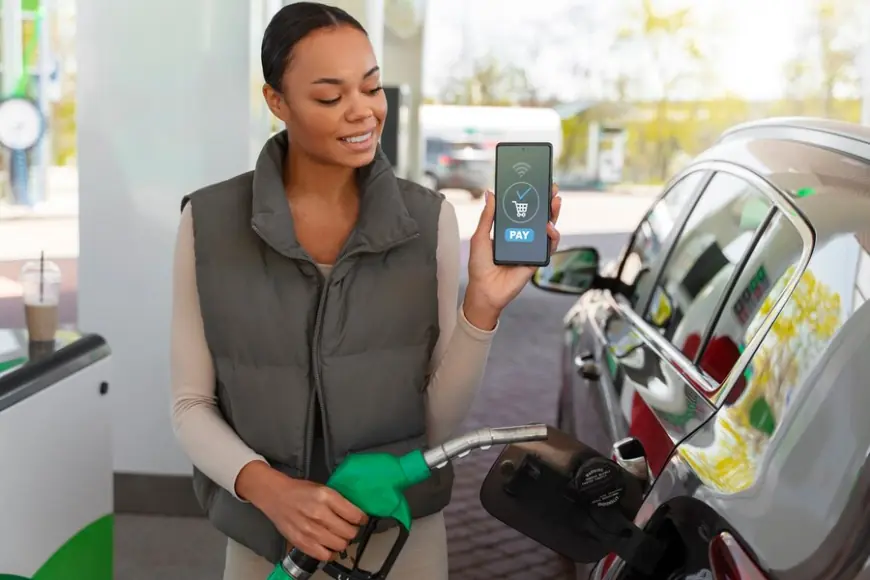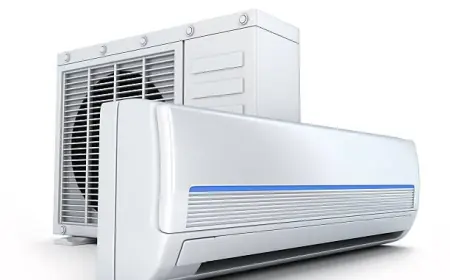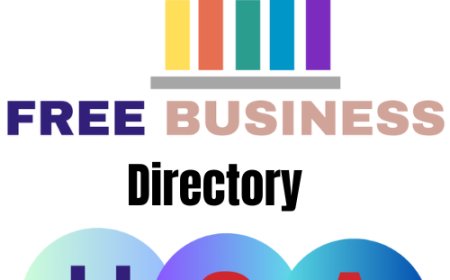The Complete Guide to Building an On-Demand Fuel Delivery App

On-demand services have disrupted the markets such as mobile applications in food delivery services, transportation services. The most promising niche that can be identified is the delivery of fuel. Born with the key value proposition of convenience, an on-demand fuel delivery app enables a user to order fuel and receive it at a preferred container in their vehicle or equipment. If you are thinking of developing such an app, this guide will suffice your entire needs.
Understanding On-Demand Fuel Delivery Apps
An on-demand fuel delivery app operates on a straightforward principle: consumers employ a mobile application that they order fuel which is then delivered by a truck to a desired location. This service saves the consumers time that could have been spent in gas stations, and thus offer a lot of convenience. This is so because people nowadays use digital solutions and often have a very tight schedule, hence, the need for such apps is on the rise.
Key Features of a Fuel Delivery App
For your fuel delivery app to be successful, it has to incorporate aspects that will give value and at the same time has to be safe and legal. Below are the essential features to include:
-
Accounts Creation and Member Profile Update
Create an account, where a user can use his / her email or phone number or connect using the social networks account.Possible values include vehicle type, preferred payment method, and others, where orders made should also be archived. -
Real-Time Location Tracking
Allow the users to provide their exact location as concerns fuel delivery. They should give live tracking of the delivery trucks to increase shroudness.
-
Multiple Payment Options
Integrate credit card payment and other secure payment modes safe for users including other online wallets.
-
Order Scheduling
Let customers schedule fuel delivery in advance due to their busy schedule.
-
Fuel Price Updates
Display real-time price to ensure customer trust and to keep the price consistency throughout the business.
-
Push Notifications
Inform the users about changes in the orders, new special offers and informative articles on related fields.
-
The safety and Compliance Features Holders
State usage instructions for the app and make sure your app does not violate local ordinances on transportation of fuel.
Steps to Build an On-Demand Fuel Delivery App
Getting an on-demand fuel delivery app built requires the following steps: Here’s a detailed breakdown:
Step 1: Market Research and Analysis
On going into development, you need to evaluate the prospects of your targeted audience, competitors, and trends. There should be gaps left open by the existing services and figure out how your app fits in those gaps.
Step 2: Define the Scope and Features
Choose the must-have functions of your app and dream up a plan of the further development of additional possibilities. This step involves:
-
Identifying user pain points.
-
Prioritizing features based on user needs and technical feasibility.
Step 3: Choose the Right Technology Stack
Choose a reliable technology platform so that your app is safe, easily extendable and optimized for better performance. For example:
-
Frontend: React Native, Flutter.
-
Backend: Node.js, Django.
-
Database: PostgreSQL, MongoDB.
-
APIs: The software tools were Google Maps API for location tracking.
Step 4: Partner with a Professional Development Company
It can be achieved much more easily if one works in cooperation with a competent Fuel Delivery App Development Company. These experts realize how to construct a stable and simple to navigate a software tailored toward your exact needs.
Step 5: Develop an MVP
An app’s Minimum Viable Product (MVP) let you start with the simplest version and then continually add more as you gain data and user knowledge. This approach requires little capital at the commencement and assists in the detection of inefficiencies.
Step 6: Testing and Quality Assurance
This is because it involves checking that the app functions correctly given various situations and scenarios. Focus on:
-
Test to handle large volume of traffic.
-
Security testing in order to enhance the security of the user information.
-
Browser compatibility checking across different devices and OS.
Step 7: Launch and Marketing
Once tests and evaluations are complete, release your to the major markets in the iOS store and Google’s play store. Therefore, there is a strong emphasis on promotion measures to reach the maximum number of clients. They include digital advertising, social media, and partnerships to push for the marketing of your app.
Step 8: Safety and Compliance Considerations
Fuel delivery is an aviation process where civilized compliance with safety standards for handling hazardous material cannot be compromised. Here are some critical aspects to consider:
-
Licensing: Make sure you obtain licenses for storage of fuel and transportation.
-
Insurance: Make sure you and your business are shielded by legal liability insurance.
-
Training: Educate your delivery staff well on how best to handle fuel safely especially when delivering to stations.
-
Compliance: Comply with local authorities’ statutes that bind delivery infrastructure for fuel.
Monetization Strategies for Your Fuel Delivery App
Getting revenue form the app is the most significant aim of theirs. Here are some effective monetization models for fuel delivery apps:
-
Delivery Fees: Ask the customer to make a small payment for each delivery of fuel.
-
Subscription Plans: Cut down the delivery charges by providing an option of monthly or annual subscriptions.
-
Partnerships: Take part in cooperation with fuel suppliers and get profitable commission per each order.
-
Advertisements: Have banners advertising similar products and services within your application or on application relevant areas.
Benefits of On-Demand Fuel Delivery Apps
Developing a fuel delivery app offers numerous benefits for both businesses and users:
-
Convenience: Debarrs customers from having to make trips to the filling stations.
-
Efficiency: It makes the process of procurement of fuel much more easier.
-
Environmentally Friendly: Improves delivery precision that ultimately decreases pollution levels or carbon footprint.
-
Business Growth: It diversifies market and enhances the customer base.
Challenges in Building a Fuel Delivery App
Despite its potential, building a fuel delivery app comes with challenges:
-
Regulatory Hurdles: This is because the company has to deal with a multiplicity of regulatory measures that address the transportation and delivery of fuel.
-
Safety Concerns: Managing the risks that accompany the transportation of flammable material to their destinations safely.
-
High Initial Investment: Purchasing assets such as vehicles for delivery among other things.
-
Customer Trust: Creating a trust for dependability and safety.
Conclusion
While it is a big task to design an on-demand fuel delivery app, it certainly is a worthwhile project. You will also learn about the types of features that need to be integrated and the market trends governing app development to design an app that is considered essential by users while simultaneously helping your business grow. On Demand Mobile App Development team must establish a partnership with experienced developers for a proper organization of the development process. If you want your app to be unique and could transform the way people get fuel, it is crucial to understand how to achieve this goal.
What's Your Reaction?
 Like
0
Like
0
 Dislike
0
Dislike
0
 Love
0
Love
0
 Funny
0
Funny
0
 Angry
0
Angry
0
 Sad
0
Sad
0
 Wow
0
Wow
0


















































